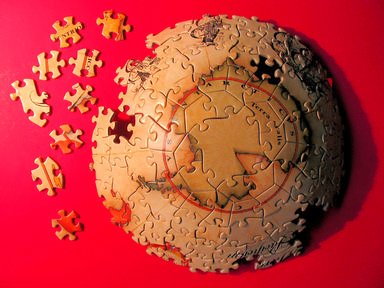
Walk Around The Clock Trivia Quiz
Come with me on a walk through different dances created by mankind over the eras. How many do you know? By saying the given words out loud, they'll sound like the real words you're after. Have fun!
A multiple-choice quiz
by Creedy.
Estimated time: 5 mins.